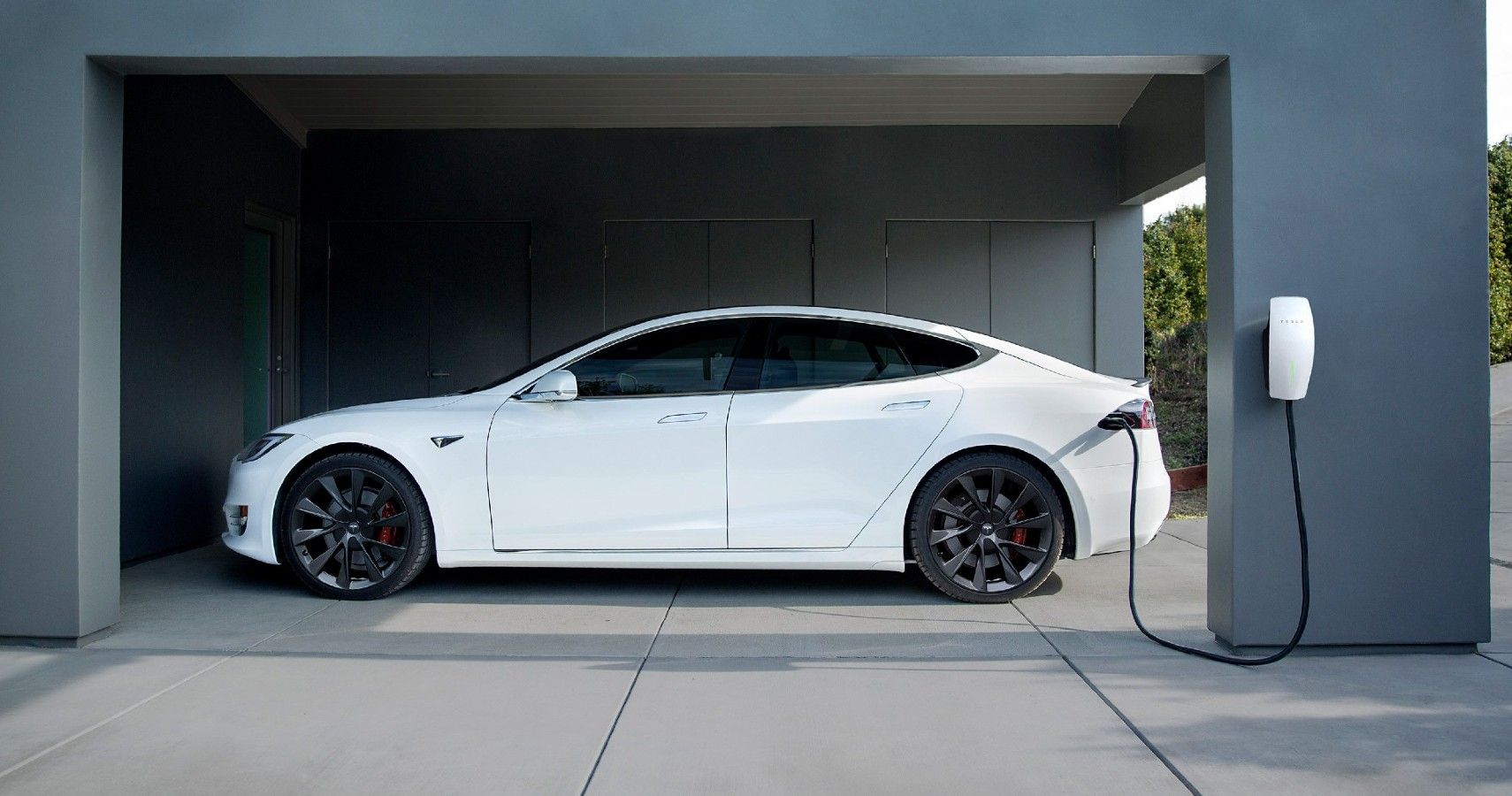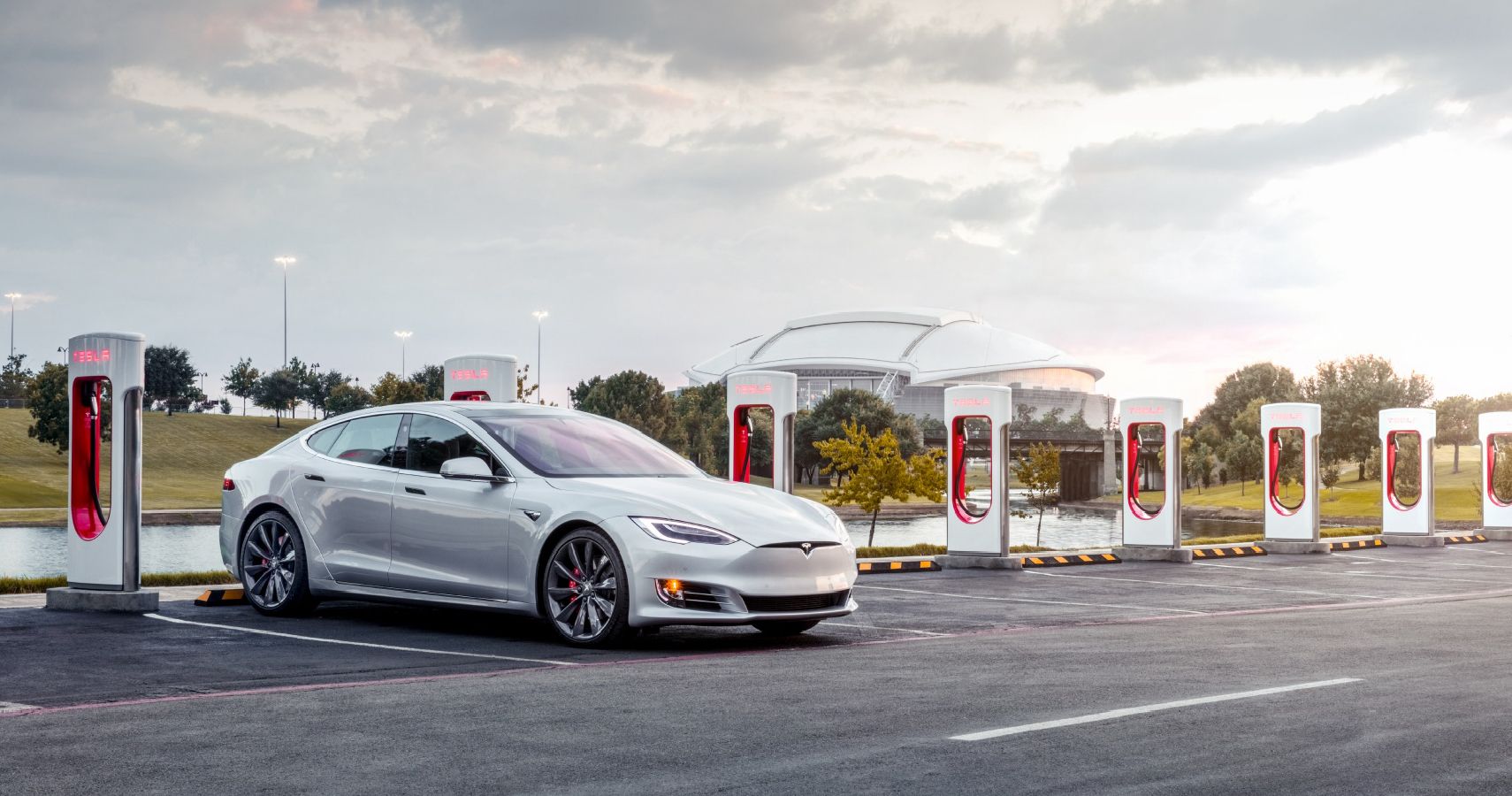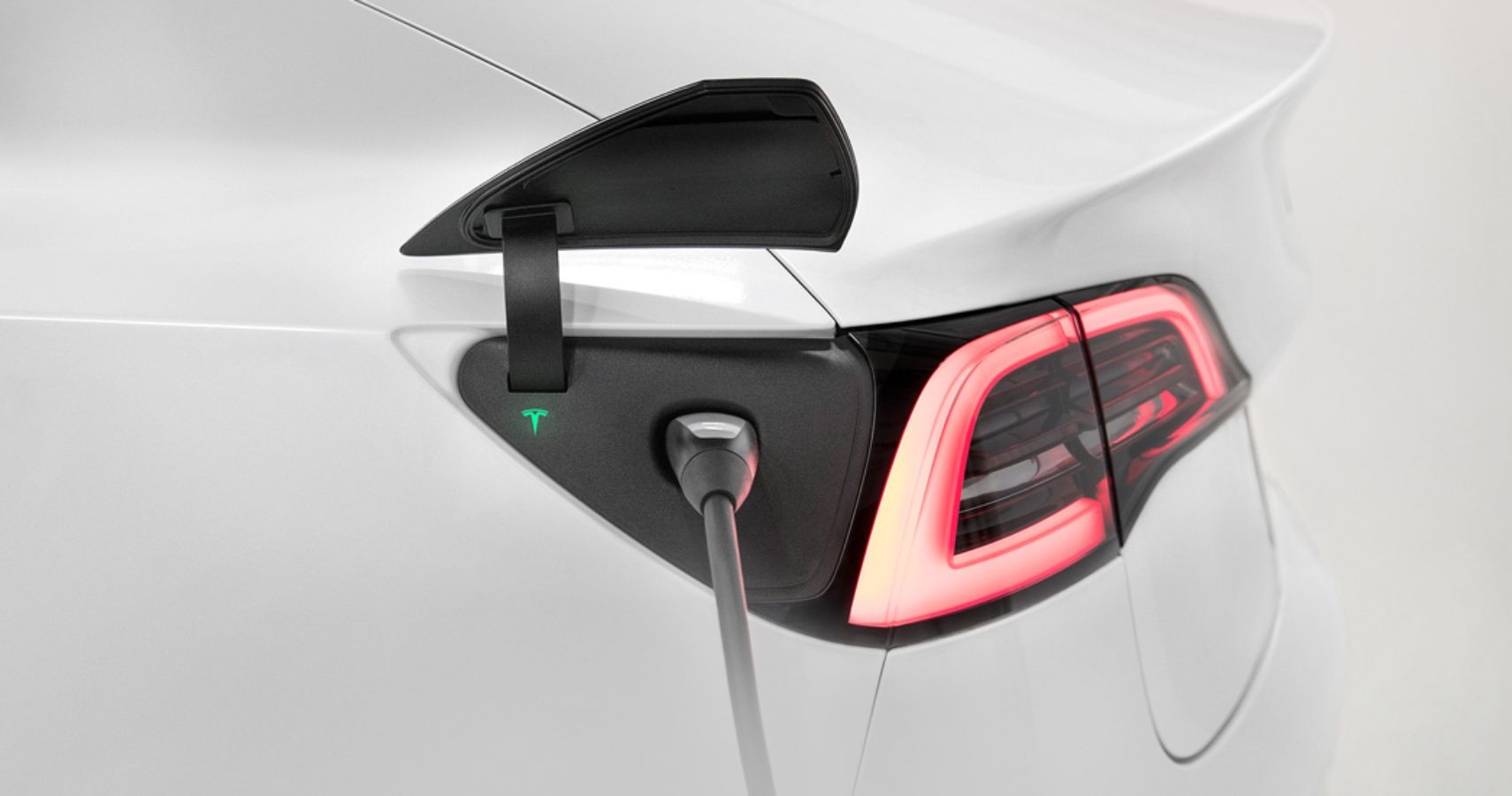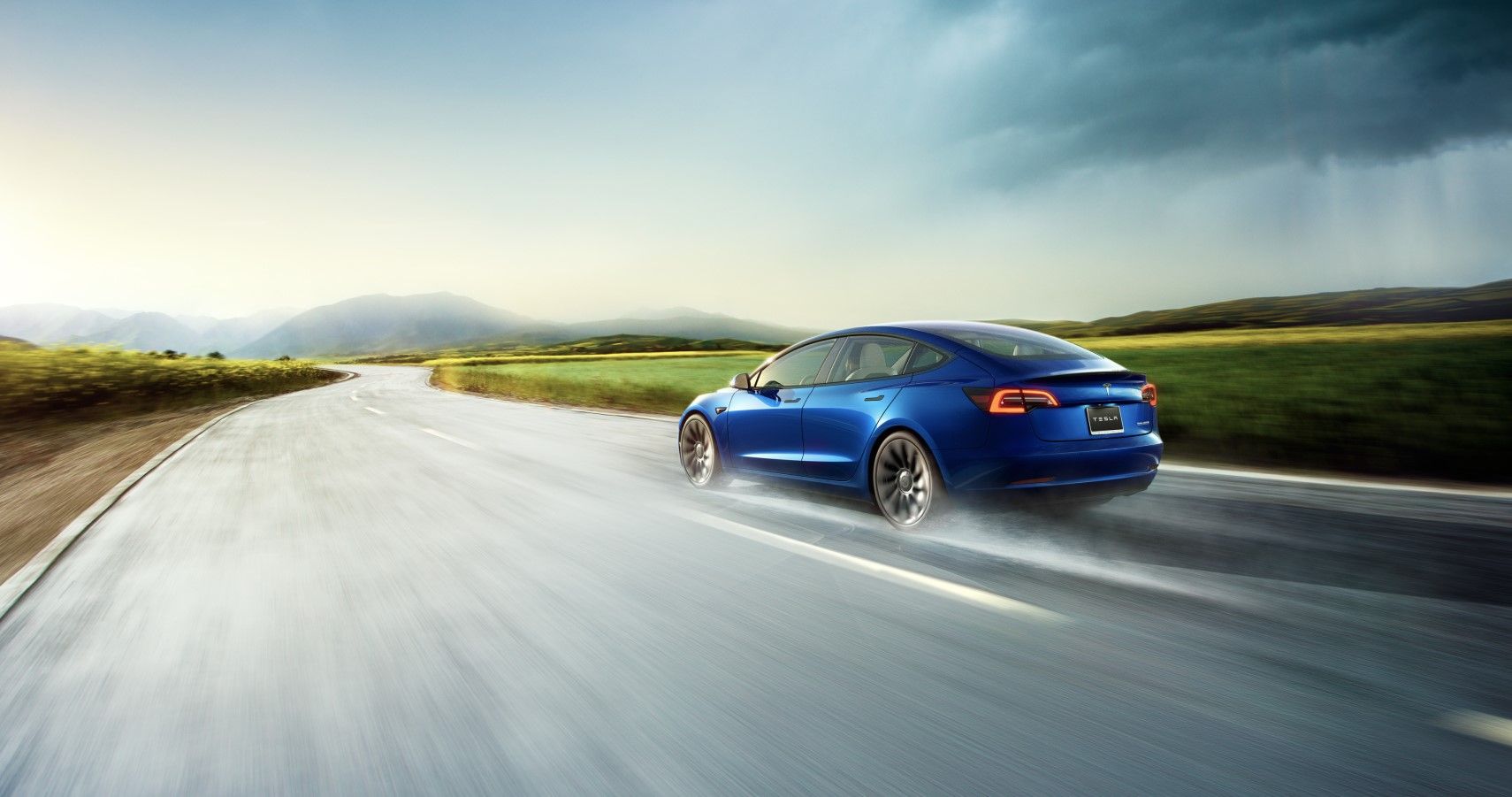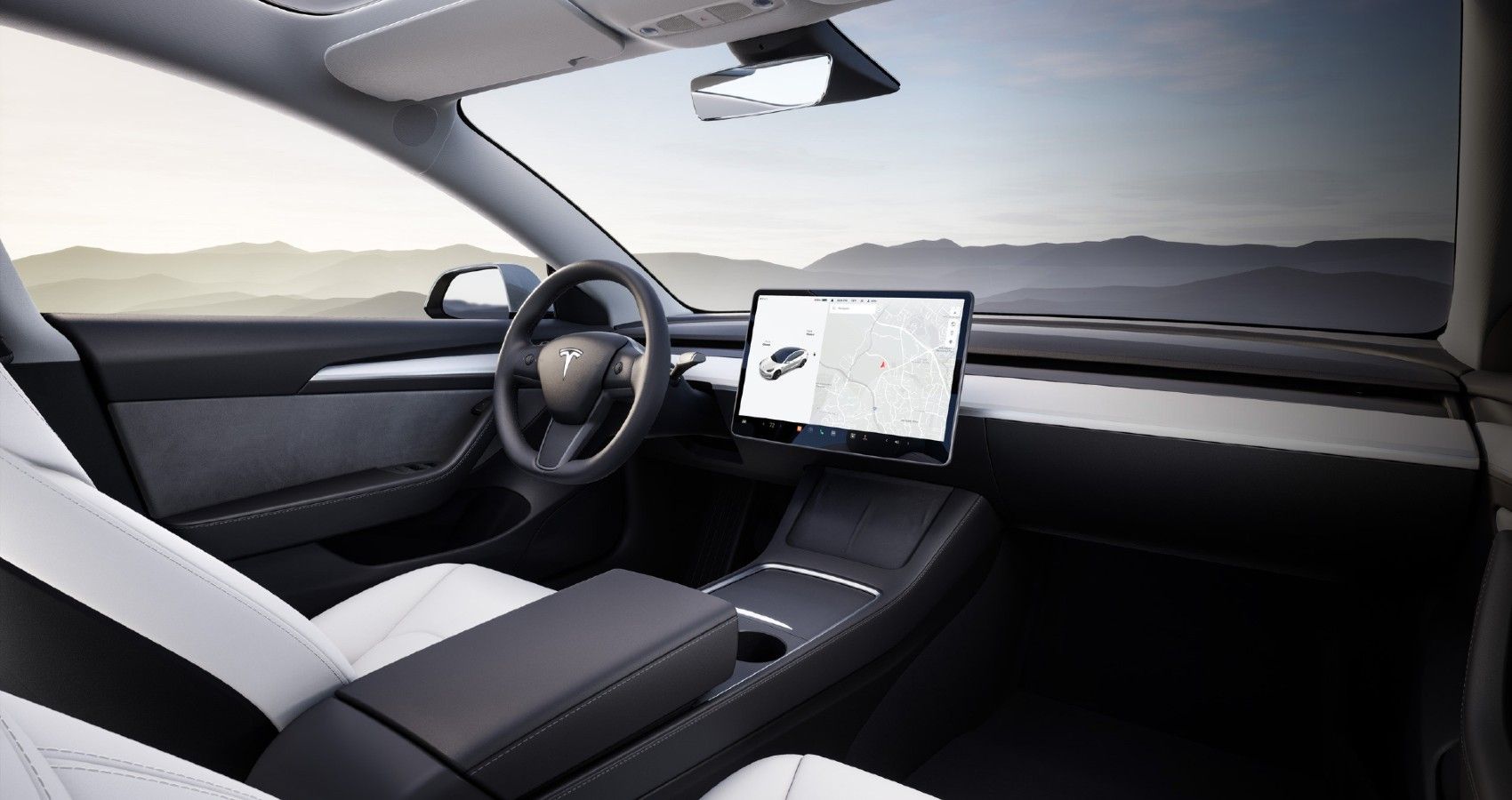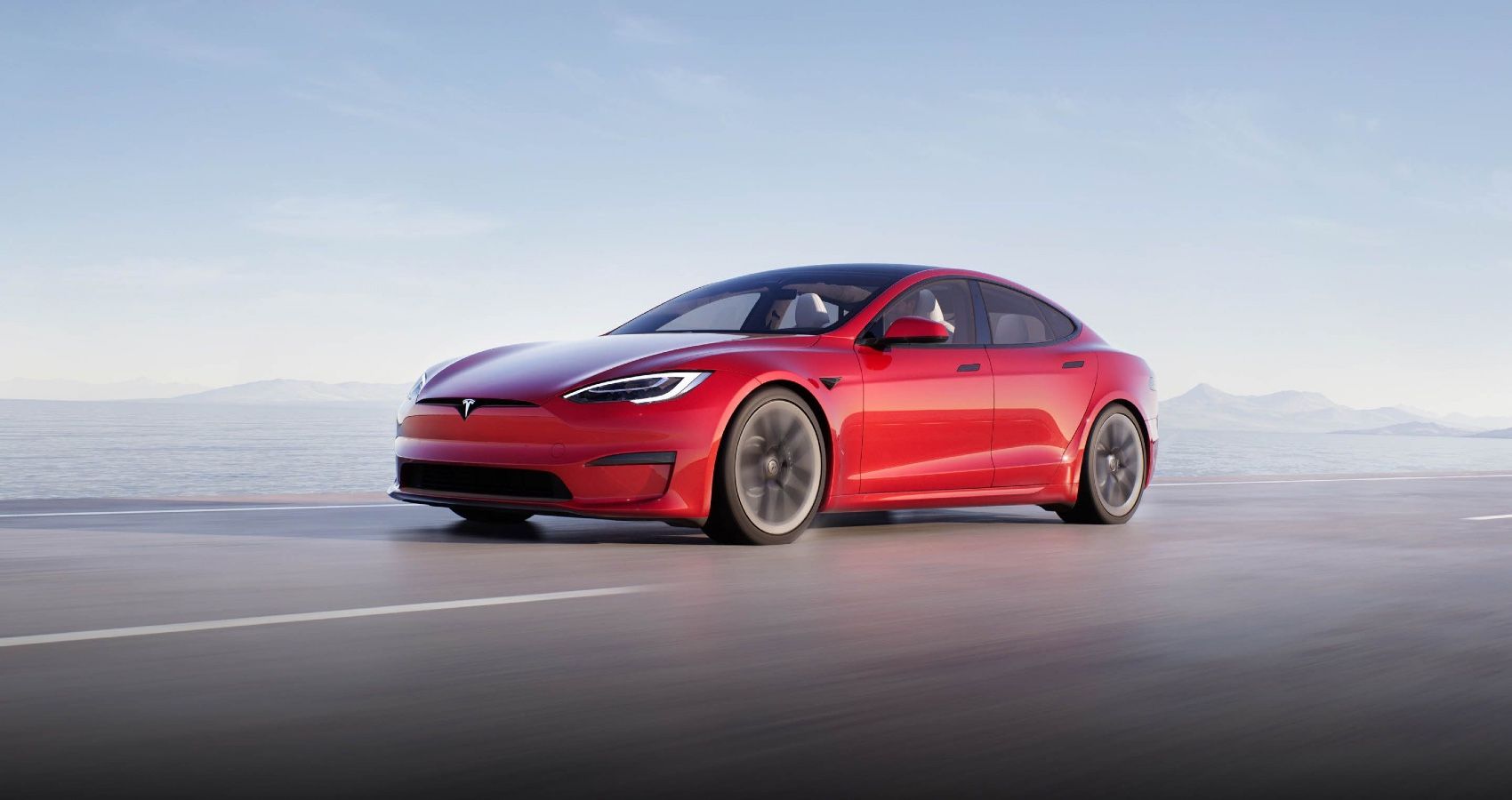Despite their energy efficiency and immunity from fuel bills, Teslas, or any EV, for that matter, are yet to bridge the gap between sustainable and worry-free motoring. Range anxiety, a relatively modern term in the automotive realm, has claimed many victims, including several Tesla owners and EV aficionados.
It’s no surprise that the vast majority of electric vehicles sold in the United States bear the Tesla logo. In fact, the Model 3, Model Y, Model S, and Model X are so popular that they are becoming household names like the Ford F-150 or Honda Civic.
Given how an EV is borderline a gadget on wheels, most battery-saving tips surrounding electronic devices are largely applicable. But since electric cars are not quite the same as a smartphone or hearing aid (for obvious reasons), battery-preserving methods vary accordingly.
Consistent charging habits can do wonders. Just like your smartphone, topping up the Tesla in a routine fashion can help keep the battery healthy. Lithium-ion batteries are not bulletproof, and degradation can happen over time. While it may not increase the range, the practice will surely help maintain the existing range and health of the Tesla’s battery, thereby increasing longevity. Here are some more tips.
Avoid Cold Temperatures And Frequent Supercharger Visits
Lithium-ion batteries are very temperature-sensitive, and cold climates have been known to affect the available range and battery longevity. So storing your Tesla somewhere with warmer temperatures can help maintain optimum battery performance. According to experts, the electrolyte inside the battery cells becomes more sluggish as the temperature drops, which in turn, slows down the charging and discharging process.
Also, it’s important to understand that relying on fast charging (Tesla Superchargers) may not be that good for your car’s battery. Because DC Superchargers use a higher voltage than normal wall charging, your Li-ion battery is subjected to much higher temperatures, which over time, can lead to battery degradation.
Although the onboard Active Thermal Management system can prevent the cells from overheating, it cannot reverse the chemistry of a Li-ion cell. For optimum battery health, Tesla recommends charging it more regularly on a low-voltage charger. Use Superchargers only when it is absolutely necessary.
Disable Features You Don’t Need, But Try The “Chill Mode”
Tesla offers you several connected features in the name of convenience and safety. While these quality-of-life-improving features make the Tesla experience fantastic, they do take up significant energy. Features such as Sentry Mode, Headlights After Exit, and Cabin Overheat Protection can impact range. You probably won’t be needing the Sentry Mode if your house has security cameras or the Cabin Overheat Protection feature if you park in a garage or an underground car park.
Another way to avoid excessive energy drains is to simply drive at moderate speeds. Heavy loads can deplete your Tesla’s battery faster—-try using the ‘Chill’ mode. The default setting on your Tesla is ‘Standard’ for acceleration. ‘Chill mode,’ on the other hand, limits the available power and torque, thereby improving efficiency. Unlike internal combustion cars, EVs are not particularly great at efficiency when cruising at highway speeds. If you want more miles from your Tesla, use the throttle judiciously. Yes, the instant torque is fun and exciting, but it does take a hit on the driving range.
Install Aero Wheel Covers, Maintain Tire Pressures, And Use Regenerative Braking
Another recommendation is to use the aero wheel covers if your Tesla is supplied with them. While they might seem ugly (depending on who you ask), aero covers do help with increasing efficiency. Putting them on, especially for long journeys and highway trips, can bring about a noticeable difference.
Just like an internal combustion car or any automobile, for that matter, tire pressure and wheel alignment are crucial when it comes to efficiency. And Teslas are no exception. Running your Tesla with underinflated tires will lead to more battery consumption. The same holds for wheel alignment. If misaligned, there’s more friction/rolling resistance, and you’ll eventually end up spending more on replacing tires.
Regenerative braking can add a few miles of extra range. One-pedal driving, as it is commonly called, recuperates the surplus charge generated during deceleration and charges the battery. By default, your Tesla will have its Regenerative Braking set to ‘Standard.’ Or, you can go super-aggressive on the Regen function by selecting ‘Hold’ under Stopping Mode, which extends the regenerative braking function to lower speeds.
Avoid Anything That Affects Weight And Aero Efficiency
It’s important you remove items like a roof box or cargo rack when not in use to improve range. Make sure there isn’t any unnecessary cargo inside the rear trunk. Unless it’s a long trip, the only thing you really need inside the trunk is the charging cable. Understand that more weight requires more energy to move. Also, to keep your Tesla as close to its rated coefficient of drag, it’s advised not to drive with the windows rolled down. For better aero management and range, it’s best to fully raise all the windows of your Tesla.
Sources: Tesla

